#tipped ears
Text


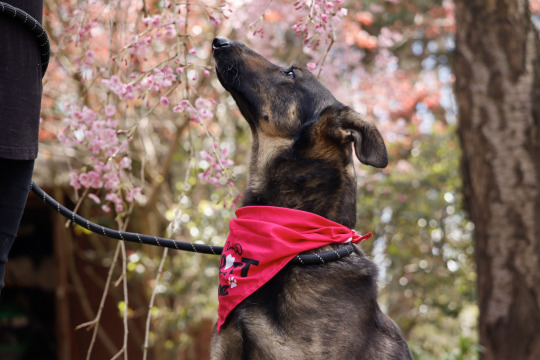
"This lovely rat running on dog hardware
(source)"
oh yeah, a rat if i've ever seen one, i can imagine this guy yanking on a white boy's hair like it's his job
73 notes
·
View notes
Text

How to draw ears, by me.
tip me a ko-fi!
13K notes
·
View notes
Text
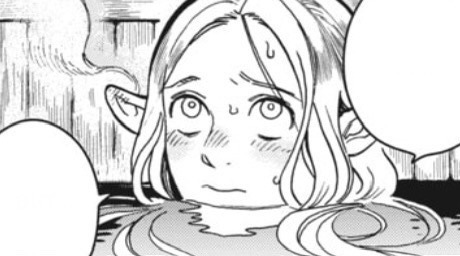

maybe it’s partly bc she’s not looking up at falin as much in the anime but this is the one expression from the bath scene that i think just hits different in the manga
#AND EVEN MORE IMPORTANTLY THEY ROBBED US OF HER BLUSHING ALL THE WAY TO THE TIPS OF HER EARS /hj#dungeon meshi#delicious in dungeon#farcille#marcille donato#dungeon meshi marcille
4K notes
·
View notes
Text
ear’s guide to writing stab wounds
disclaimer!!!: this isn’t to be used as actual medical advice there isn’t enough information at hand to properly treat someone, this is just for writing.
hemostatic (blood clotting) control is the number one priority. minor bleeding can be controlled with direct pressure to the wound. moderate bleeding may require a compression bandage as well as direct pressure. severe penetrating wounds or a nicked artery means wound packing will be necessary as well as direct pressure.
types of stab wounds:
- blunt stab wound means whatever object caused the trauma wasn’t sharp or wasn’t moving fast enough so the skin tears.
- penetrating stab wounds go deep into the skin and into the muscle.
- superficial stab wounds don’t go too far under the skin and look worse than they actually are.
steps to treatment:
1. if the object is still inside the person’s body do not remove it unless it’s to the groin, neck, or axillae (armpit) and the bleeding is hard to control.
2. remove person’s clothes to check for any other wounds and keep the area clear.
3. keep an eye on blood pressure and airway.
4. the wound type and location changes how the rest of treatment will follow.
location:
head: direct pressure is mainstay. head wounds also bleed more than any other part of the body. has the highest mortality rate.
face: severe wounds to the face means the patient has to be seated forward to keep blood out of the airway.
neck: direct pressure is mainstay. if the airway can be secured and is absolutely necessary, wound packing can be applied.
arms: depending on the severity, any of the three treatments can be used.
legs: depending on the severity, any of the three treatments can be used.
abdomen: damage to organs is highly likely. direct pressure should be applied first while surveying if the object was long enough to damage an organ. if so, wound packing may be necessary.
chest: if the wound is deep enough it can cause open pneumothorax (‘sucking’ chest wound) a seal needs to be placed over the wound to keep air from getting inside. if this isn’t done in time the affected lung will collapse.
back: can typically be treated with only direct pressure. wound packing is rarely necessary.
neck, chest, abdomen, and pelvis wounds should never be packed unless absolutely necessary.
treatment types:
direct pressure: key to any wound. can be done with whatever is available even if that means the medic needs to use their own body weight.
tourniquets: applied to the limbs. typically not applied for more than thirty minutes. in some cases, they can be left on for hours, keeping the phrase “life over limb” in mind. complications with tourniquets like nerve damage or ischemia (no blood circulation) are rare. don’t apply over a joint and apply above the wound.
wound packing: done with standard gauze and or hemostatic dressing
wound packing steps:
1. control the bleeding with pressure. use anything available even if it means t shirts or a knee.
2. place a gloved finger inside the wound too apply initial pressure. this will hurt like a bitch. also gives you an idea of what direction the blood is coming from so gauze can be used more accurately.
3. begin packing the wound with gauze. keep pressure on the wound with finger while wrapping gauze around another finger and pushing it in the wound.
4. keep packing the wound until no more gauze can fit in, and then keep direct pressure on for at least three minutes.
5. after the three minutes, use something like a bandage wrap to keep the gauze secure inside the wound.
6. splinting the area to keep it immobilized may be vital to keep the hemorrhage from restarting
7. if bleeding continues medic has to decide if they need to take out gauze and reapply with new gauze or apply more direct pressure. this is usually done by how long it takes to get to further treatment. the longer the wait the more of an incentive it becomes to repack the wound. if it’s just down the road then apply pressure.
most likely complications:
hypoxia, shock, and hypothermia are complications that need to be watched for and treated immediately if they occur.
hypoxia:
occurs when a region of the body doesn’t have enough oxygen in the tissue. can lead to organ damage, brain and heart damage being the most dangerous.
symptoms include: tachycardia (rapid heart rate), difficulty breathing, confusion, shortness of breath, anxiety, headache, and restlessness.
severe symptoms include: bradycardia (slow heart rate), extreme restlessness, and cyanosis (blue or purple tint to skin).
treatment: oxygen
shock:
life threatening condition where the body doesn’t have enough blood volume to circulate through itself. if it goes on for long enough, organ damage and death may occur.
symptoms: rapid, slow, or absent pulse, heart palpitations, rapid shallow breathing, lightheadedness, cold clammy skin, dilated pupils, chest pain, nausea, unfocused eyes, confusion, anxiety, and loss of consciousness.
treatment: if they’re not breathing, cpr is required. if they are breathing, lay on back and raise feet a foot off the ground to keep blood in the vital organs.
blood transfusion and fluids once in a hospital setting.
hypothermia: occurs when the body is losing heat quicker than it can produce. the more blood that’s lost the more likely hypothermia is to occur.
symptoms: differ based on severity
hypothermia:
in mild hypothermia: shivering, exhaustion, clumsiness, sleepiness, weak pulse, tachycardia (rapid heart rate), tachypnea (rapid breathing), pale skin, confusion, and trouble speaking.
in moderate hypothermia: bradycardia (slow heart rate), bradypnea (slow breathing), slurred speech, decline in mental function, shivering slows down, hallucinations, cyanosis (blue or purple tint to skin), muscle stiffness, dilated pupils, irregular heart rate, hypotension (decreased blood pressure), and loss of consciousness.
in severe hypothermia: shivering stops, hypotension (low blood pressure), absence of reflexes, compete muscle stiffness, fluid builds up in lungs, loss of voluntary motion, cardiac arrest (heart stops beating), coma, and death.
treatment: covering with a blanket, hat, and jacket, adding external heat like a hot pack, and if severe and in a hospital setting, warm fluids via iv, warm oxygen, and or a machine to warm the blood in the body.
if you have any questions feel free to ask! i plan on making a guide to gunshot wounds and a more in depth guide to hypothermia later.
#tips for writers#writing advice#helping writers#writing resources#resources for writers#writing tips#writing help#creative writing#trauma writing guide#medical writing tips#writing guide#medical writing guide#stab wound#call of duty#cod#call of duty modern warfare#ear’s guide to writing
550 notes
·
View notes
Text







“He embodies so much of what I had read Namor to be.”
Joel Harlow - Makeup Dept Head & Special Makeup Designer.
Tenoch Huerta Mejía as Namor
in ASSEMBLED: THE MAKING OF BLACK PANTHER WAKANDA FOREVER (2022)
#tenoch huerta#tenoch huerta mejia#namor#k’uk’ulkan#black panther#black panther: wakanda forever#assembled: black panther wakanda forever#marvel#mcu#marveledit#dailymarveledit#mcuedit#namoredit#tenochhuertaedit#tenochedit#so it wasn’t only me who thought tenoch got some namor’s features#esp the eyebrows and tip of his ears#anw look at him is he real tho#what a beautiful man#i’d do anything for him atp#i’m not even joking#but the 4th gif is ehahsbsusjsushsj water puppy mode on#amor de mi vida#chans
6K notes
·
View notes
Text
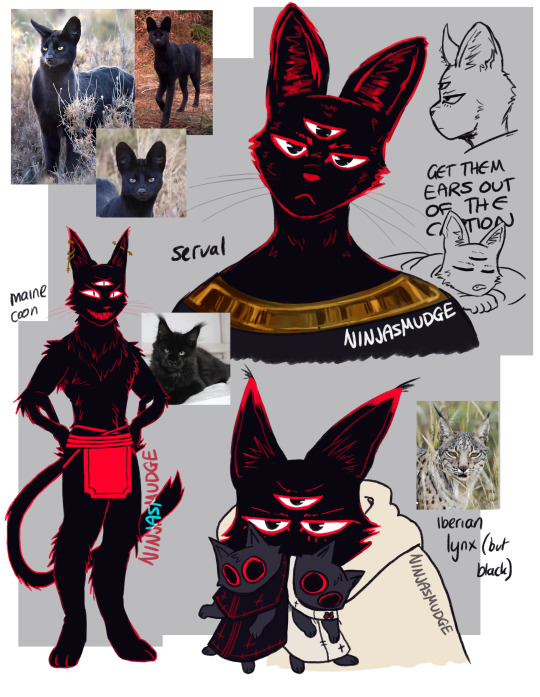
im just fucking with him your honour (read: trying to figure out how to draw him)
#cult of the lamb#cotl#cotl narinder#narinder#my art#i saw a serval and i was like thats how most of the fandom draws him actually#i wanted to try to find my fave way to draw him since im pretty inconsistent#i do like the maine coon tho and i like the fluff on the ear tips#one thing remains tho i like to give him Big Ears#also aym and baal for your troubles#cotl aym#cotl baal#I WANTED TO PUT HIM WITH A PAGE ON THE LAMB BUT. MYGOD. IT IS DIFFICULT TO FIGURE OUT HOW TO DRAW THE LAMB#problem is i have TOO many design bits that i like for the lamb#and they dont look good if i combine them#and i change drawing style with the wind so it has to be something that works in multiple styles AND ITS DIFFICULT
871 notes
·
View notes
Text
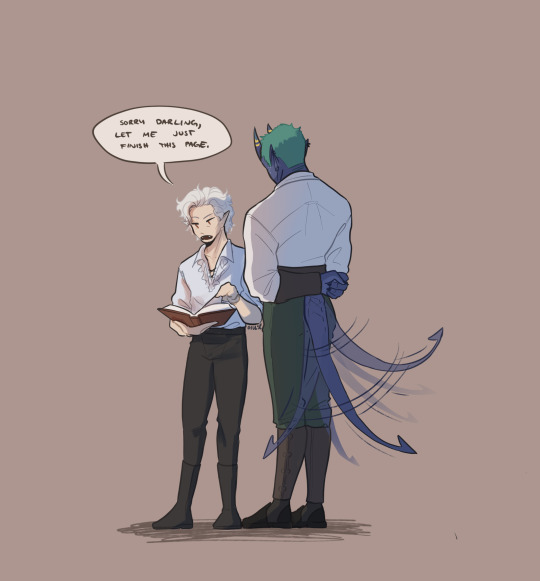
jumpscare! i remembered this blog exists!
i've posted this on twitter but <3 i think tav is excited to talk to astarion
#art#fanart#procreate#oc#astarion#baldur's gate 3#he is the love of my life#baldurs gate astarion#baldurs gate fanart#baldurs gate tav#my headcanon is that tiefling tails wag and the tips of their ears twitch a little when they are excited#i love this game#i am so obsessed#vampire#astarion fanart
851 notes
·
View notes
Text



mmmonkey
#playing around with the idea of their tail tips reflecting their character shcnvdvb#picked bok choy for MK because it’s used as an ingredient in some Chinese food like noodles and soup. at least from my experience#the other option was a rock but I was having a hard time designing it#obviously wukongs is a cloud. I chose a flame for Macaque because shadows/lanterns so I think it kind of works#myart#my art#Lego Monkie kid#lmk#Monkie kid#lmk macaque#lmk six eared macaque#lmk sun wukong#lmk wukong#lmk swk#lmk monkey king#lmk MK#lmk xiaotian#doodles
2K notes
·
View notes
Text

see you in hell i guess
#anthro#furry#lion#dragon#angel#oc: sam#oc: samael#if Sam is currently in his early 20s then this is him in his 30s#no major change but he gets further markings under his eyes#he gets coloured streaks in his hair#and he gets tips on his ears and tail#eventually his hair will be like blonde up top/his bangs and purple further down#like a real adult male lion mane kind of i can't explain it lmao#(this was recycled from how I tried to do Yaya's hair once)
364 notes
·
View notes
Photo


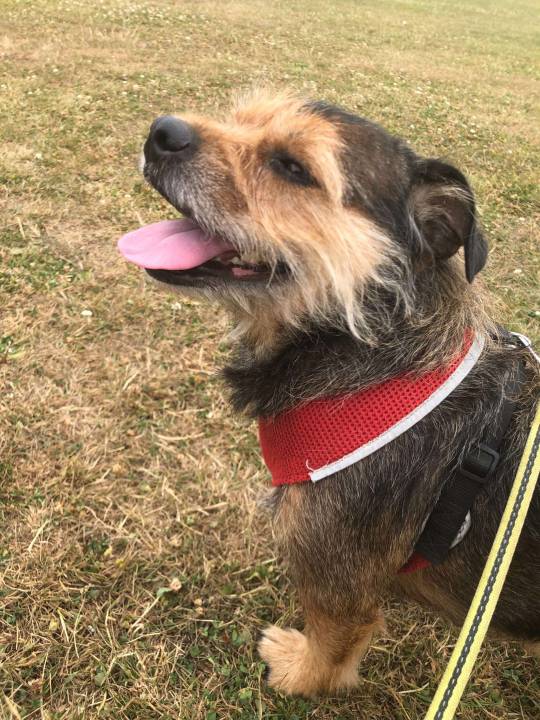
incredible muttonchops on this butch lady
(source)
81 notes
·
View notes
Text
Sanji: Honestly, I can't believe you! You have someone as pretty as Boa Hancock obsessing over you and you don't even--
Luffy: Sanji's prettier though
Sanji: I
Sanji: What??
Luffy: I guess Hancock looks nice. For a girl anyway. But Sanji's way, way prettier than she is
Sanji: *squeaks* O-oh
#Imagine the most pathetic warbling little squeak coming out of Sanji's throat. That's his reaction. LMAO#Luffy: Shishishi. Sanji turned BRIGHT red#Sanji blushing to the tips of his ears: Shut up shut up do NOT look at me right now#Everyone fussing over Hancock and how beautiful she is and then Luffy gets angry#Luffy: Sanji's a thousand times more beautiful though!! >:(((((#Sanji: DO YOU *WANT* HER TO KILL ME???#Luffy: But you are!! :"(#Sanji: I can't. I can't do this I ca#Sanji; hiding his face in his hands: 😳😳😳#One Piece#Sanlu#Lusan#Sanji#Luffy#Monkey D Luffy#Black Leg Sanji#Shima speaks#Back on my Sanlu silliness 🤪
385 notes
·
View notes
Text
ear care ♡
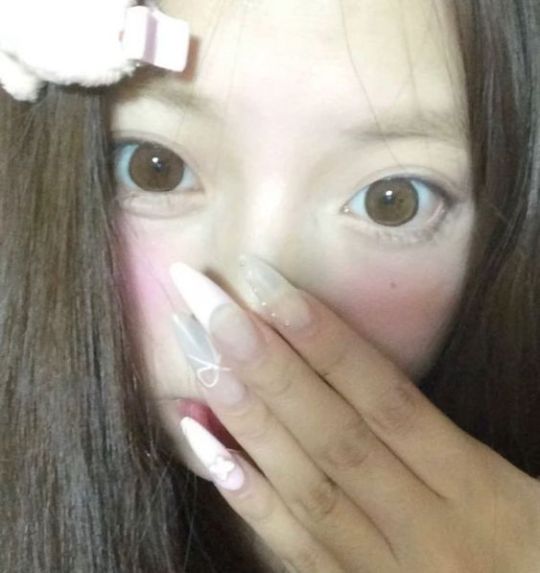


i feel like we normally don't do much to help our ears , so here are some ear cleaning tips and tricks to have fresh, clean and good smelling ears!!
qtips ♡
never use qtips in your ears , PLEASE. they just push the wax further into your ear. i would recommend wetting a qtip with warm water and swabbing around the outside ear crevices , but never stick them into your ears.
cleaning ♡
when in the bath or shower, use a soft cloth with a small amount of body wash to clean the surface of your ear , along with the back, top and underneath of your ear. heck , even better , clean it twice. rinse off the soap and then dry your ears immediately with a dry towel to stop bacteria from growing.
smelling good ♡
having my ears smelling good is a MUST!! if someone hugs me , it's usually the first place they smell. here are my tips to avoid ear odors!
obviously , you wanna be washing the outside of your ears regularly (preferably with a nice smelling gentle body wash) . if behind your ears is ever sweaty, make sure to wipe it with a towel! i also like to exfoliate behind my ears twice a week, as i notice i get dead skin build up sometimes. a small dab of perfume behind your ears each morning is sure to keep them smelling good the whole day too! if you have piercings, make sure you're cleaning them regularly. ♡ but please remember , if you notice an odor coming from your ears, always go to a doctor , as it could be a sign of infection!
please note ♡
you don't really need to clean the inside of your ears at all! obv you wanna get rid of any excess sitting on the outside of your ear , but earwax catches dirt from reaching your ear drum and other more sensitive parts of the ear, so its best to leave it there to do its job! it will eventually come out naturally anyway.
if you do feel the need to clean , (whether it's causing you discomfort, there's too much wax, or you're struggling to hear) please go to a professional ear cleaner or ear specialist! this is way safer as they know what they're doing.

#law of attraction#becoming that girl#clean girl#dream girl#girl blogging#girl journal#glow up tips#moodboard#pink pilates girl#pink pilates princess#wonyoungism#it girl energy#ear care#ear cleaning#ear health#hygiene tips#ear hygiene#green juice girl#vanilla girl#health tips#pinterest girl#physical health#motivation#my diary#manifesting#mental health#pink blog#girl blogger#girl blog#it girl
387 notes
·
View notes
Text

creature.
#i like that one ear is nice and high-set and tipped and the other looks like a wet paper towel someone threw on the floor#kepcollie#my photos
152 notes
·
View notes
Text
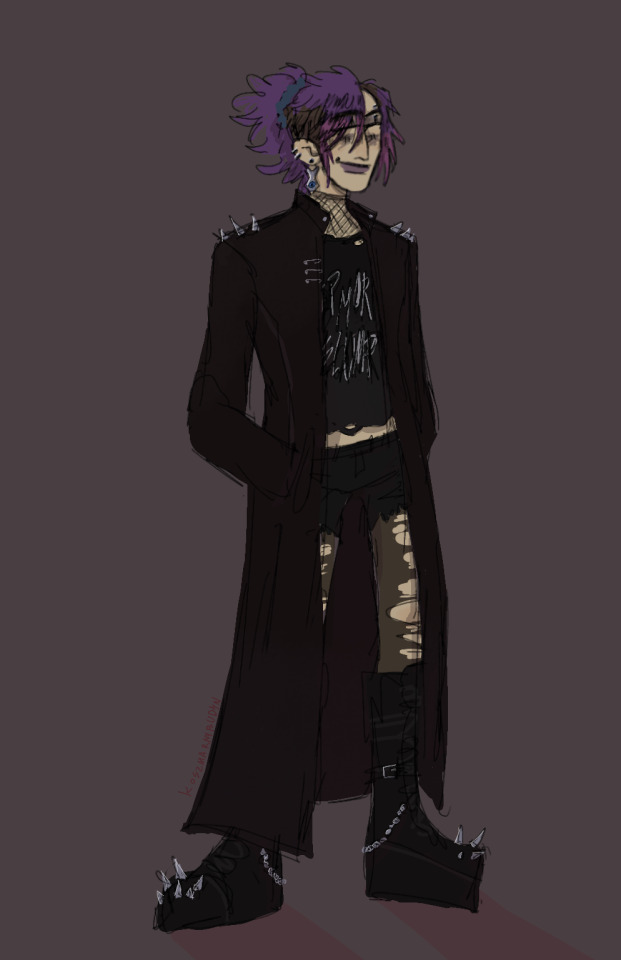
And the series finale. My post canon Scary design.
#dndads#dungeons and daddies#my art#scary marlowe#haha yes this was all an excuse to draw her in a coat i actually own#they have matching scrunchies with link#also pink hair tips cause that's her favorite color and shes embracing terry again (also why the brown hair)#and the fish earring instead of the hook because shes a stampler and against willy
245 notes
·
View notes
Text
something i see people talk about often is adhd paralysis aka when you have things you need to/want to do but it all seems overwhelming and you can't seem to get up off the couch even though ur screaming in your head to just do something
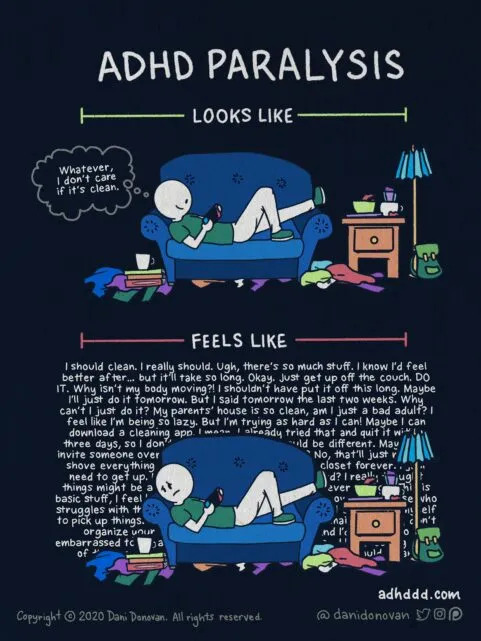
this, basically
what i want to know about it the physical sensation. yes, there's the mental struggle where you are yelling at yourself and berating yourself to do something, anything, but what does it feel like physically? because to me (and i'm not being hyperbolical) it feels like suffocating. if you have ever experienced sleep paralysis, it feels like that: this suffocating weight on me and the overwhelming feeling that I can't even move and it makes it almost hard to breathe.
what does it feel like to you?
#adhd#am i crazy?#i mean i doubt it there are so many ppl w adhd#pls tell me what it feels like to u#and if u have any tips on beating it i'm all ears#actually adhd#adhd problems#neurodivergent#adhd paralysis#personal
260 notes
·
View notes
Photo

a fox that likes to hike and climb
#furry#anthro#kemono#a orange fox with brown tipped ears wearing a Naruto Colored jacket (orange and black and yellow) sitting on top of a very high rock.#It is very dangerous
816 notes
·
View notes